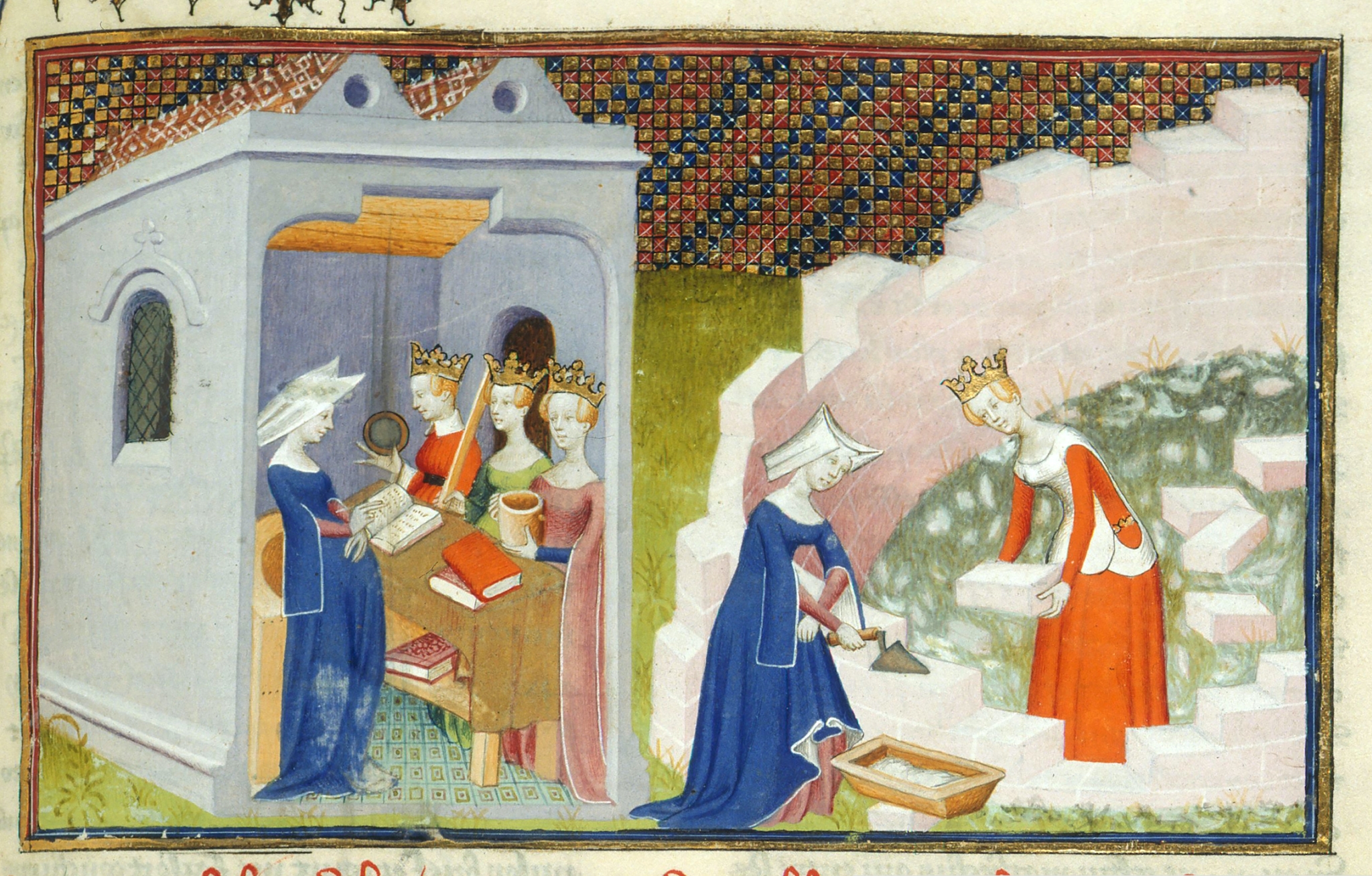The Beguinage:
Tracing Links Between Kortrijk’s History and the Modern Day Context
13–11–2021
︎ Reflection
︎ Research
︎ Theory
︎ History of Kortrijk

Looking over from the rooftop of the Buda Lab, we looked over and spotted the once-hospital on Buda Street, called the Onze-Lieve-Vrouwehospitaal. Founded in 1211, it is one of the oldest hospitals in Belgium and the oldest in Kprtrijk but has since been merged with a bigger, newer hospital outside of the city. Reading up about this place, there are several mentions of the hospital’s initial function, justified by the latin meaning of hospitalis which has more to do with hospitality than illness. This made me think about the different roles of hospitals, and care in a wider social sense, its entanglement with religion, altruism, but more importantly the organic world. From the herbs prepared by the priory to the reed beds people were buried in.
In a modern world where our first intuition is that we are accomodating ‘nature’ to exist for our own purposes, how can we think of the balance of power being reversed in the first place? How, throughout the years, have we been accommodated by the world around us instead? How has the river Leie facilitated life in Kortrijk, its various industries & what agency do these natural forces hold? Are they more than we imagined them to be?
From the microbes and early soil communities that once made the planet hospitabe for other life, the succession of nature can once again be observed in the post-industrial spaces, brownfield sites and vacant lots around Kortrijk.
Leading further into the idea of accommodation, the beguinages in Kortrijk and other regions have historically served as a refuge and community for women. Traditionally, the role of a beguinage was associated with the church. The lack of female social status in later life when not affiliated with a male, in marriage or otherwise made it necessary to put measures in place for those who could become more viulnerable. Activities that took place in the beguinage included textile (flax) production, nursing, crafts and tutoring of local children, to generate value and an income for its inhabitants. Every day, its doors were shut at night.
Today, it operates as part privately rented rooms and part social housing for those with lower income or lack of settled status. Could this message of inclusivity and cohabitation be re-thought in a more-than human context?
As the future draws nearer, we are in need of shifting our relations with the ecosystems we are part of, and agents within them. Indeed, like in the case of the beguinage, the nature inhabiting our city is in need of similar protection, and failing that, a new place to thrive. Given the authority of a similar kind of institution, it is interesting to ask how nature could act autonomously on its own terms. Another scenario where this has been demonstrated more recently is the children’s island, (Wildebras). Here kids are invited to be immersed in an environment of their own, which they are allowed greater control over - to take measured risks and ultimately learn more during the process.
Cities can be seen as inherently private spaces, with public space being defined only as a means of going between the private. However, the majority of greenery and wildlife also exists within a similar duality between the public/private. In contrast to what we consider as the ‘wild’, objects of so-called ‘nature’ also lose their anonymity and status as a result of the constant human gaze, much like the women who were first invited to use the beguinage. So, we are talking about safety in numbers, but also about being left alone, except for being facilitated and supported by a wider, generally unobtrusive system.
This also made me think of a conversation with Eliette as we toured Kortrijk on bike about male-dominated public infrastructure. Cities willing to provide skate parks or basketball courts are often unwittingly excluding women from those areas, which become defined by the prevailing demographic most likely to utilise them, which is often male. Eliette also argued that this is more prevalent among those in their teenage years, where important social values are built which go on to reflect individuals through their adulthood. By approaching the subject through feminist ecology, then, we can start to see similar patterns of marginalisation emerging.
In a similar way, we perpetuate the exclusion, domestication or over-aestheticisation of other kinds of life in our built environments. Where it exists in the public sphere, it often becomes a nuisance, because the built environment has been designed in an exclusively anthropocentric way. This means urban architecture can sometimes anticipate unexpected human events or encounters, but rarely those of other species. Unsightly for the majority in contrast to the neat cubes of concrete and stone, the plants that have come to be called ‘weeds’ .
Foxes tear up binbags and pigeons shit all over the windscreens of our nice cars. As a consequence, we are faced with a conflict of our ideals. We enjoy nature when we picture a far-away forest, as a symbol of purity when our smoothie suggests its ingredients are ‘100% natural’ yet the nature we are connected with in our daily lives becomes undervalued, regular. Yet, it has often been suggested that counter-intuitively, cities may hold more biodiversity than many of the rural areas we now so heavily rely on for agriculture and the associated industries that help sustain our cities.